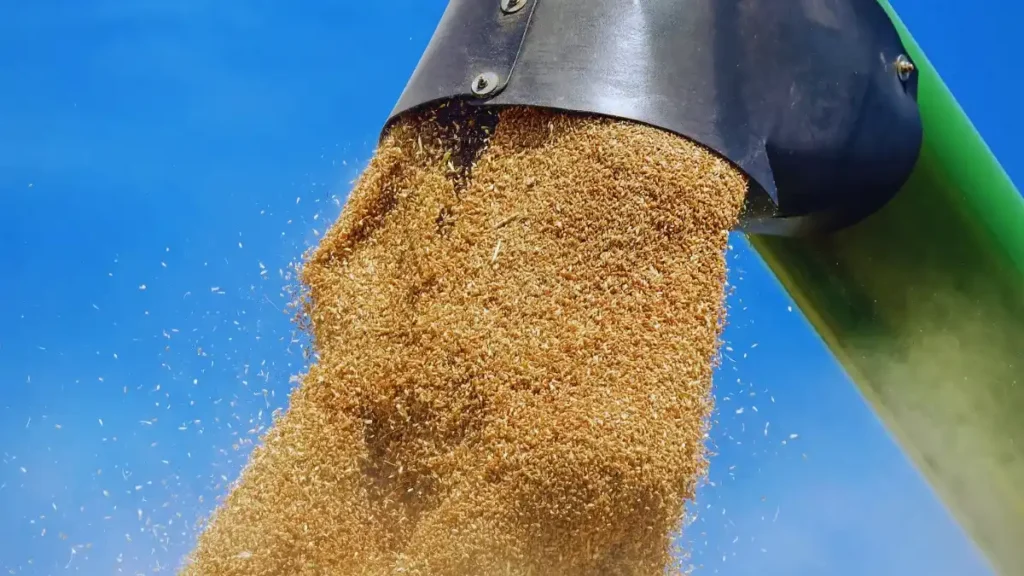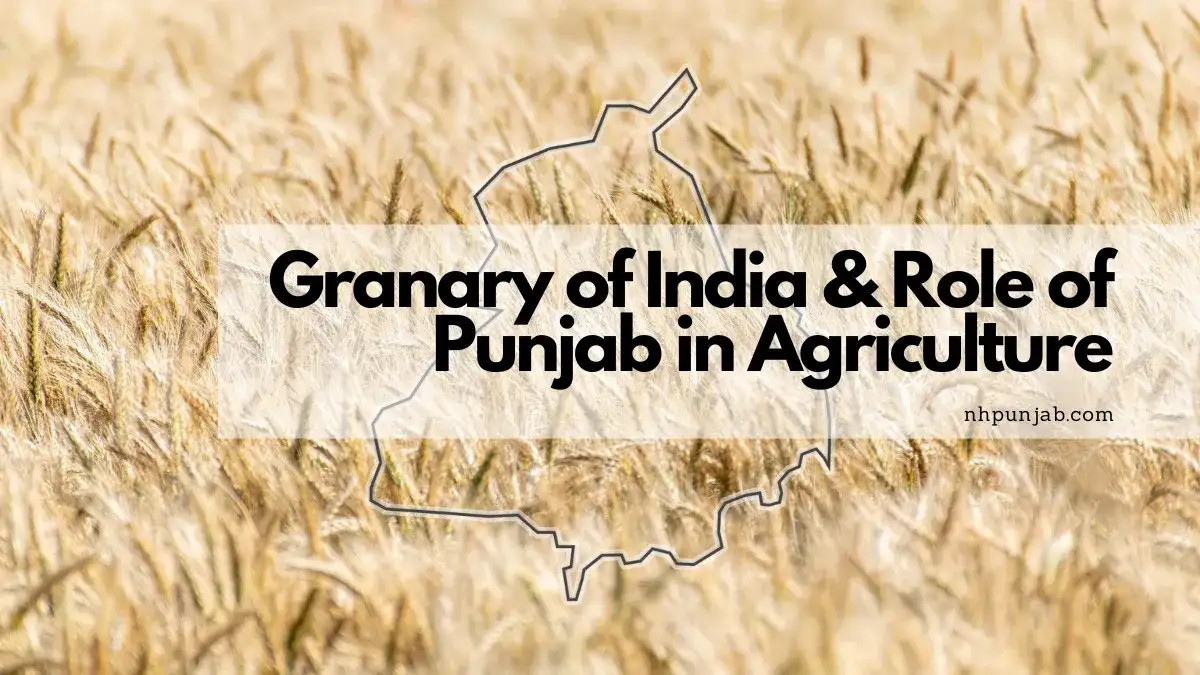Punjab, The Granary of India and Its Role in Agriculture
Punjab, a northwestern state of India, holds a vital position in the country’s agricultural sector. Often referred to as the “Granary of India,” Punjab significantly contributes to India’s food security, particularly in the production of wheat and rice. With a rich history of farming and advancements brought by the Green Revolution, the state has earned its reputation as the backbone of India’s agricultural economy.
But what makes Punjab so crucial to India’s food supply? Let’s explore the reasons behind its title and the factors that make it the leading agricultural hub of the country.
Why Punjab is Called the “Granary of India”
Punjab is known as the “Granary of India” due to its fertile lands, favorable climatic conditions, and large-scale food grain production. The state produces a significant percentage of India’s wheat and rice, which are staple foods for millions of people across the nation. With abundant irrigation facilities, particularly from the Bhakra Nangal Dam and the Sutlej, Beas, and Ravi rivers, Punjab enjoys a thriving agricultural ecosystem.
The Role of the Green Revolution
The Green Revolution of the 1960s played a key role in transforming Punjab into an agricultural powerhouse. With the introduction of high-yield variety (HYV) seeds, improved irrigation systems, and modern farming techniques, Punjab witnessed a surge in food grain production. The use of chemical fertilizers and pesticides further boosted productivity, making the state a leading contributor to India’s Public Distribution System (PDS).
Major Crops Grown in Punjab
The primary crops that make Punjab the “Granary of India” include:
- Wheat: Punjab produces about 20% of India’s wheat, making it a crucial supplier of the country’s staple grain.
- Rice: The state also produces nearly 10-12% of India’s rice, which is widely consumed both domestically and internationally.
- Maize and Barley: Apart from wheat and rice, farmers in Punjab also cultivate maize, barley, and pulses.
- Sugarcane and Cotton: These cash crops contribute to Punjab’s agricultural economy and boost the income of farmers.
Irrigation and Farming Techniques
Punjab success in agriculture is largely attributed to its advanced irrigation system. The state is blessed with extensive canal networks and groundwater resources, allowing for year-round farming. Modern agricultural practices, including mechanized farming, drip irrigation, and precision agriculture, further enhance productivity.
Contribution to India’s Food Security
Punjab plays a crucial role in ensuring India’s food security by supplying large quantities of food grains to the central government’s buffer stocks. Every year, millions of tons of wheat and rice from Punjab are procured by the Food Corporation of India (FCI) and distributed across various states under the Public Distribution System (PDS). This helps maintain stable food prices and prevents food shortages.

Challenges Faced by Punjab Agriculture
Despite its success, Punjab’s agriculture sector faces several challenges:
- Groundwater Depletion: Over-reliance on groundwater for irrigation has led to a sharp decline in water levels.
- Soil Degradation: Continuous monocropping of wheat and rice has depleted soil nutrients, affecting long-term fertility.
- Excessive Use of Fertilizers and Pesticides: The heavy use of chemicals has led to environmental pollution and health concerns among farmers.
- Debt and Farmer Suicides: Financial struggles, low crop prices, and increasing debt burdens have led to distress among farmers.
Also Read: How Ludhiana University promotes organic farming in Punjab
Government Initiatives to Support Punjab Farmers
To address these challenges, the Indian government and the Punjab state government have introduced various policies and programs, such as:
- PM-KISAN (Pradhan Mantri Kisan Samman Nidhi): Provides direct income support to farmers.
- Subsidies on Fertilizers and Machinery: Encourages the adoption of modern and sustainable farming techniques.
- Crop Diversification Programs: Promotes the cultivation of alternative crops to reduce dependence on wheat and rice.
- Micro-Irrigation Schemes: Helps conserve water and improve irrigation efficiency.
Future of Agriculture in Punjab
Punjab must focus on sustainable farming practices to maintain its status as the “Granary of India.” Adopting organic farming, promoting agroforestry, and investing in water conservation projects can help secure the state’s agricultural future.
Additionally, technological advancements such as artificial intelligence (AI) in farming, drone surveillance for crop monitoring, and climate-resilient crops can further enhance productivity while ensuring environmental sustainability.
In conclusion, Punjab title as the “Granary of India” is well-deserved, given its immense contribution to the country food security. However, the state must address pressing agricultural challenges to sustain its productivity and protect natural resources. With the right policies, technological innovations, and sustainable farming practices, Punjab can continue to be the backbone of India agricultural economy for generations to come.
By understanding the importance of Punjab agricultural role, both India and the world can appreciate the state’s contribution to food security and economic stability. As the state moves towards modernization and sustainability, its farmers remain at the heart of India’s prosperity.

